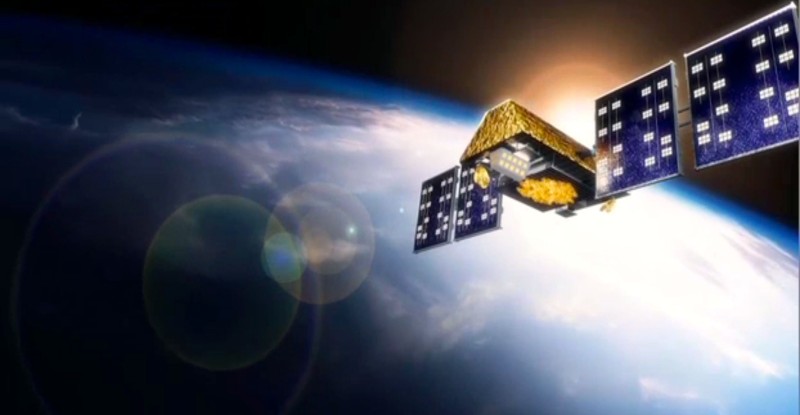Having forged a milestone new partnership with the FAA which will see the agency explore innovative use cases for space-based ADS-B, Aireon is optimistic that the next round of FAA reauthorization legislation will include investment for integrating its signal with the air traffic system.
“That’s certainly our expectation. I believe the work the FAA is doing would support that,” Aireon CEO Don Thoma told Runway Girl Network when asked if FAA reauthorization in 2023 might address such investment. “This is not just a one-time effort. This is an evolutionary step in use and exploitation of technology like space-based ADS-B. Given what they’ve shared with us and the industry, this is clearly part of a long-term strategic plan.”
A joint venture involving Iridium, NAV CANADA and European air navigation service providers, Aireon is certainly no stranger to the FAA. Since Aireon’s inception – long before Iridium’s NEXT satellites with Aireon payloads launched – the FAA has engaged in the requirements development and design process of the system. In 2017, the agency participated in multiple flight tests to validate Aireon, which performed “perfectly” when tracking commercial aircraft with dual-diversity antennas (mounted on the top and bottom). And earlier this year, the FAA began a one-year operational evaluation of space-based ADS-B in the Caribbean.
“The trial in the Miami Oceanic/Caribbean area started back in March. It’s ongoing. It has been slowed down by the COVID crisis, if you will, and the ability of the controllers [who are] part of that trial to interact fully. But the results are, I would say, encouraging,” said Thoma.
The Caribbean is quite challenging as it features a large volume of GA aircraft fitted with only bottom-mounted antennas, whose signals are not as easy for Aireon to spot. So the work now involves developing the appropriate procedures to train controllers where there is a mixed equipage environment. Thoma said the plan is to “keep the data flowing” and the trial going, and the FAA is working with controllers in Miami to develop the necessary procedures. “We’ll see how long the shutdown continues, but hopefully by mid-year 2021, it will be fully operational with the full set of procedures.”
The very latest strategic partnership however, is a bit of coup for Aireon, as it gives the FAA broad, intra-agency access to Aireon’s high fidelity, real-time air traffic surveillance data to support the evaluation of a variety of applications, including but not limited to validation and integration into air traffic control automation platforms, airspace safety analysis, accident investigation data analysis and commercial space.
Over 20 organizations within the FAA have access to the global surveillance grade data set. So Aireon is working “feverishly” with its colleagues at the FAA and the agency’s prime contractor L3Harris to ensure they are given the support they need, said Thoma.
Jay Kreider, general manager, surveillance & automation solutions at L3Harris, said in a published statement: “As the prime contractor for the FAA’s terrestrial ADS-B air traffic surveillance program, we are excited to explore how Aireon’s space-based ADS-B will give the FAA an opportunity to investigate new ways of delivering safer skies through an integrated space-based and terrestrial system. Evaluation of space-based ADS-B marks an exciting step towards modernizing the US airspace.”
The new pact includes a component to expand the Caribbean trial to other regions, including the Pacific, Thoma revealed to RGN.
“They’re making a substantial investment even in this agreement, in support for us and their own activity,” he said of the FAA, adding that the agency has also said publicly at industry forums that this new arrangement is a precursor for next phases, to expand use operationally.
The Aireon CEO doesn’t think a Biden presidency will affect the trajectory of Aireon’s relationship with the FAA one way or the other. The FAA’s mandate to ensure safe air travel operations and efficiency “kind of transcends any administration”.
He noted that FAA administrator Steve Dickson has followed this type of approach with the Boeing 737 MAX saga “and all the work he’s doing on big data analytics”. The FAA has completed its review of the MAX, with Dickson signing the ungrounding order on 18 November.
Like most companies associated with aviation, Aireon has had to slow its growth amid the COVID-19 crisis to meet the challenges posed by the global reduction in air traffic. That included scaling back on hiring. But it has continued to invest in technology that’s important to customers, including new commercial data tools launched at the end of October, “which support all the things I talked about with the FAA”, said Thoma.











